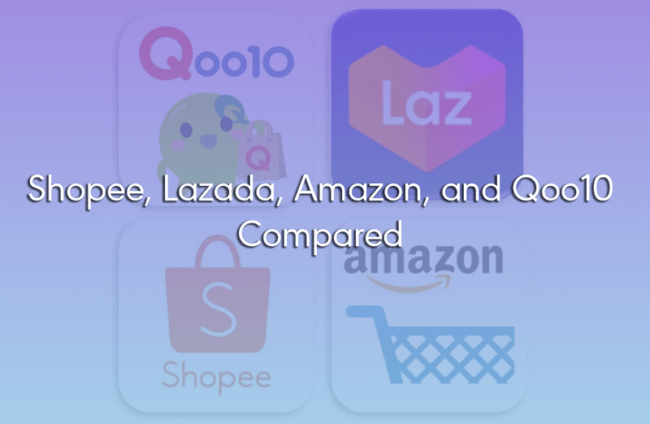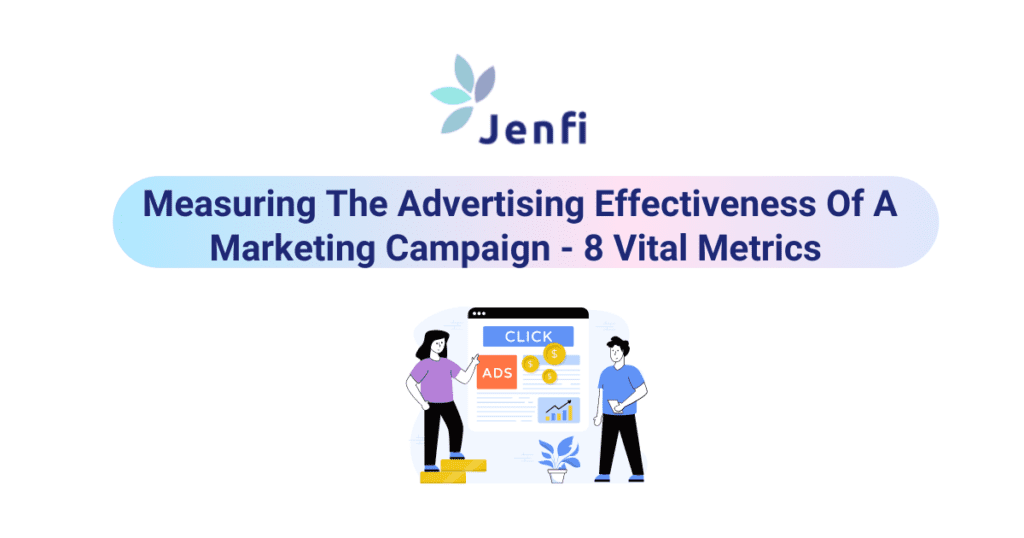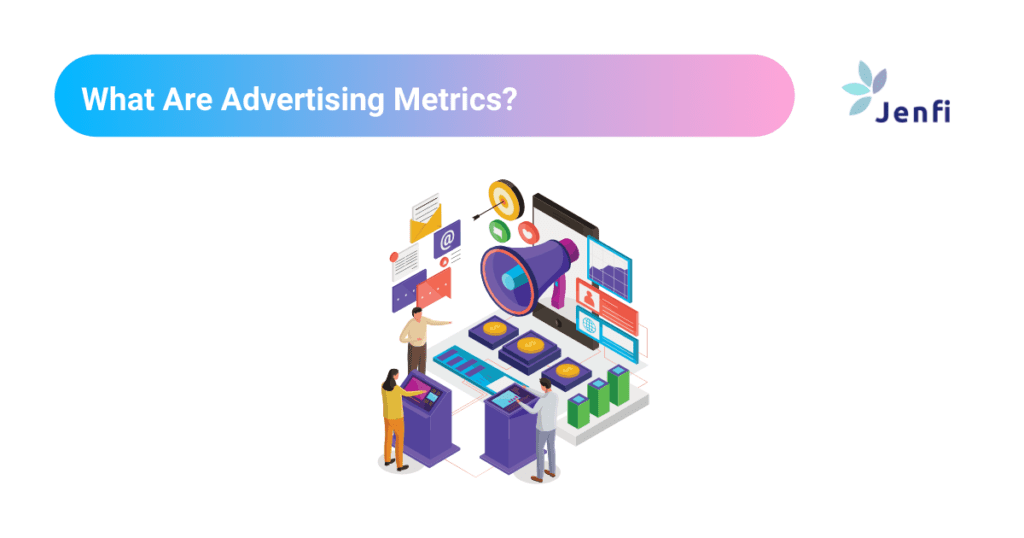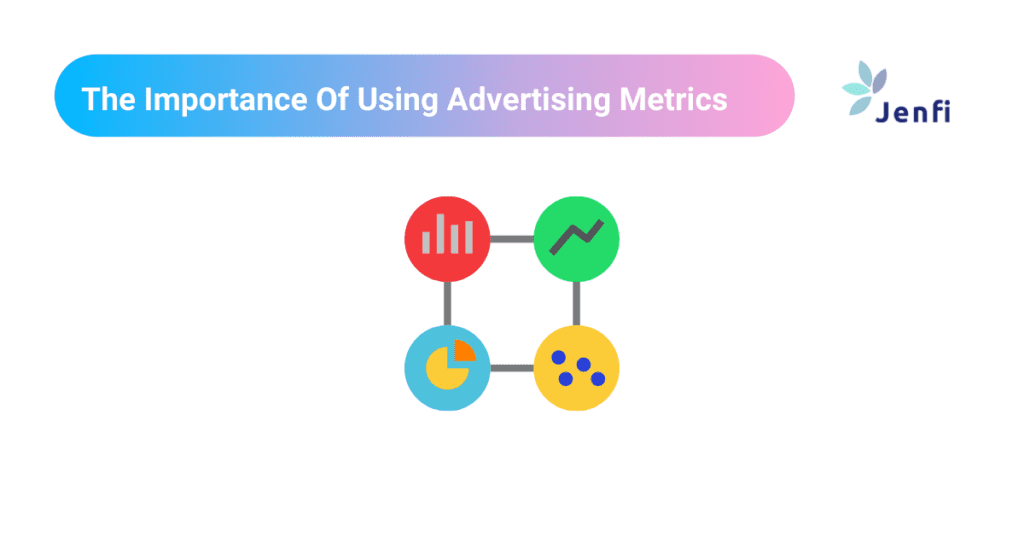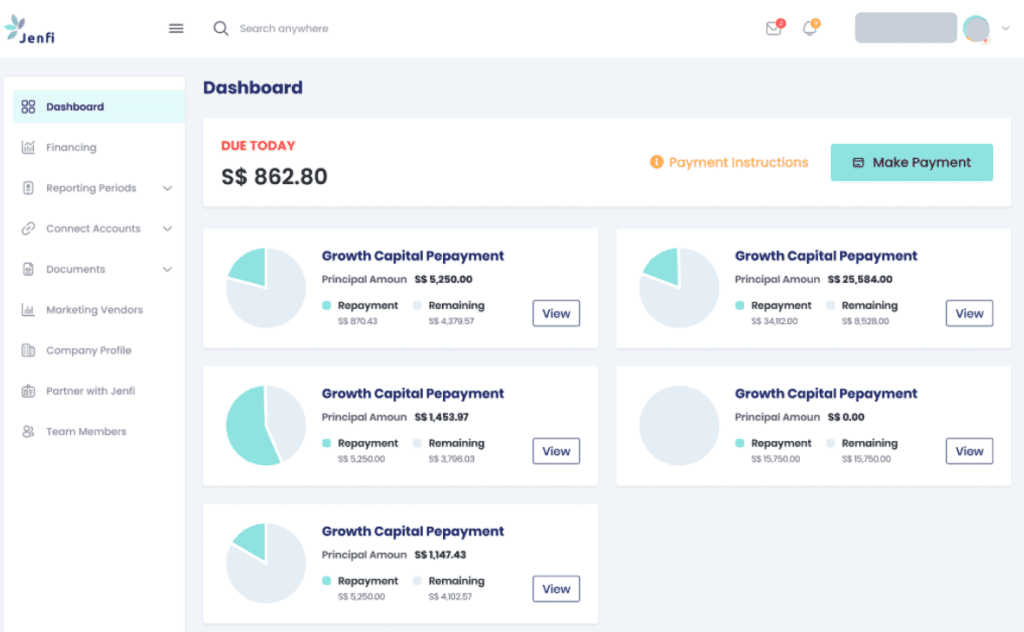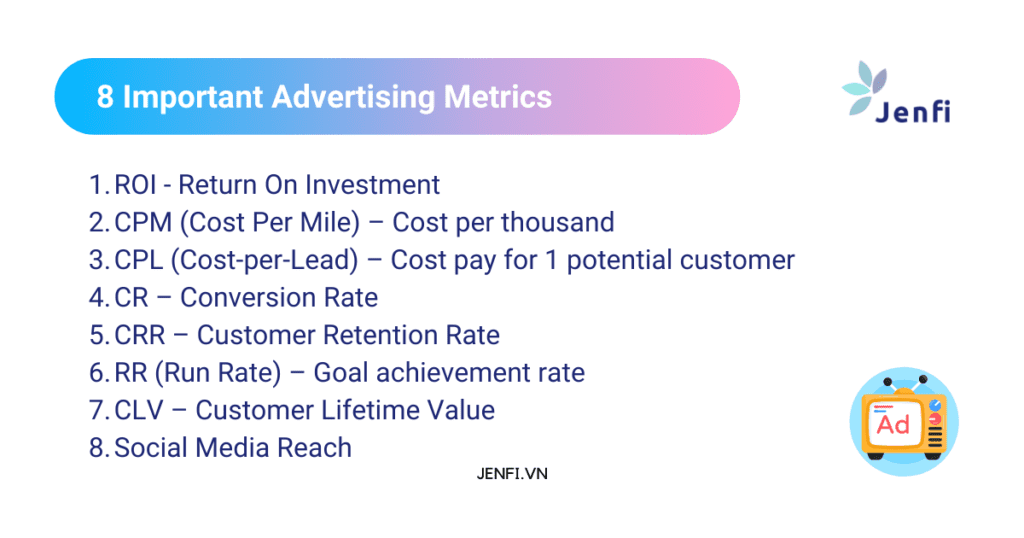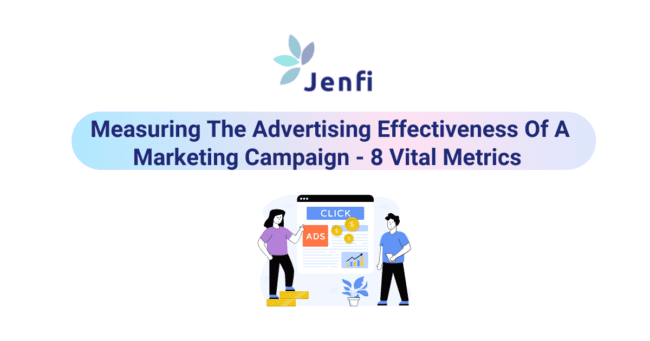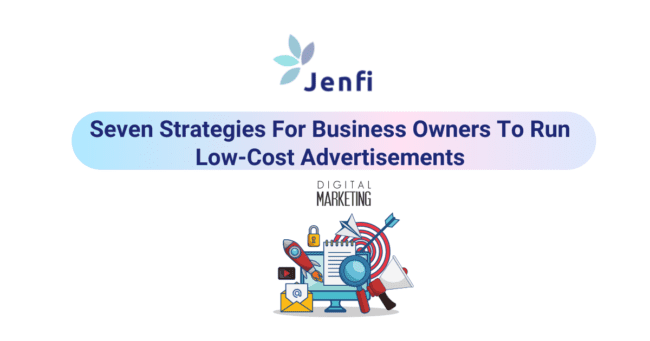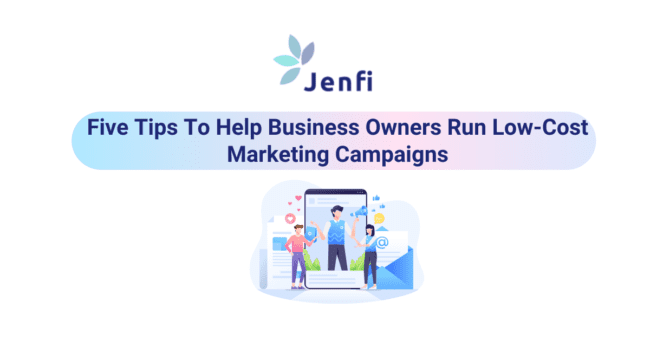How to Find Investors as an e-Commerce Shop
Finding investors for an e-commerce business is a challenging but often necessary task for entrepreneurs looking to grow their businesses. There are many potential sources of funding, so it's important to approach the process with a clear understanding of your business's needs and the types of investors that will help you meet them. This article provides an overview of the steps you need to take to find investors and offers some tips to help you secure the funding you need.
Step 1: Develop a Pitch
A clear and compelling pitch is one of the fundamental tools you will need for attracting the interest of potential investors. Your pitch should provide investors with an overview of your business and accurately describe your company’s unique position.
Your pitch should discuss the following aspects of your business:
- product or service offered
- target market
- unique value proposition
- your team and partners
- growth potential
- financial needs
A strong pitch not only explains your company’s potential and role within its market; it also incorporates the needs and goals of your target investors. To clearly understand these needs and goals, spend some time conducting market research. Your research should help you identify key trends and opportunities in the e-commerce market as well as the investment preferences and criteria of potential investors. This information will allow you to tailor your pitch in a way that shows how your business is prepared to meet the needs of both the market and your investors.
While developing your pitch, make sure you are prepared to demonstrate your business’s potential for financial return on investment and to provide evidence of its progress and potential for growth. A well-crafted pitch can help capture the attention of potential investors and set the stage for a successful funding round.
Step 2: Identify Potential Investors
Once you have developed your pitch, the next step is to identify potential investors. Some examples of funding sources for e-commerce businesses include angel investors, venture capitalists, and crowdfunding platforms.
When researching potential investors, it's important to consider their expertise and connections within the e-commerce industry. Align yourself with investors that have a track record of investing in e-commerce businesses that reflect your own business's needs and goals. An investor with a strong network and strong industry knowledge can provide valuable resources beyond their financial investment.
It's also important to consider the terms of the investment, including the valuation of your business and the percentage of equity being offered. Consulting with experienced professionals, such as lawyers and financial advisors, can help you identify potential investors.
Step 3: Contact and Connect with Investors
The next step is to reach out and make a connection. This can be done through networking events, online platforms, or introductions made through mutual connections. It's important to be professional and persistent in your outreach efforts, as it can take time to secure a meeting with a potential investor.
Once you have scheduled a meeting, be prepared to discuss your business in detail and answer any questions that may arise. Remember that you want to develop a strong professional relationship with anyone who chooses to invest in your business, and the key element for such a relationship is trust.
To foster trust between you and potential investors:
- Show that you are committed to your business and that you have the skills and expertise to succeed.
- Be transparent about your financials, operations, and business model.
- Be open to feedback and suggestions from investors.
A meeting with an investor is also the time to negotiate the terms of the investment. As part of these negotiations, you will want to discuss the valuation of your business, the percentage of equity being offered, and the terms of the investment agreement. It's important to approach these negotiations with a clear understanding of your business's needs and goals and to be willing to compromise in order to reach a mutually beneficial agreement. Compromise, openness, and trust all help to build a strong relationship with investors who in turn can provide the support you need to grow your business.
Final Thoughts
Another option to take into consideration is whether to seek funding beyond traditional investors and financing services. Jenfi offers an alternative to traditional structures. Jenfi financing is non-dilutive and flexible, meaning that your payment fluctuates depending on your revenue. If you have a low-revenue month, you'll see your repayment rate drop. If you're interested in learning more just visit the Jenfi homepage here and apply for a loan.
Whatever route you take, securing funds is an important step for entrepreneurs in the process of growing their businesses. Developing a clear and compelling pitch, identifying potential investors, and building a relationship of trust, are fundamental steps to securing the funding you need to see your business grow.





